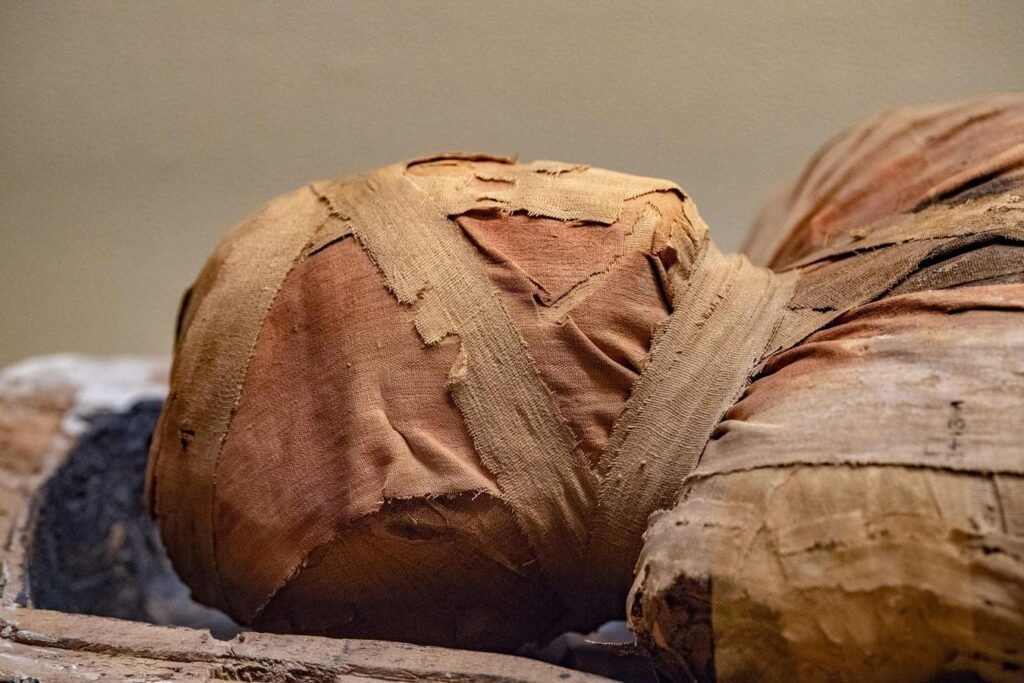A study of mummies found evidence of atherosclerosis in 37% of them. (Photo: Getty)
Well, that’s a wrap. It seems that heart disease and stroke are not just modern phenomena, but instead have been around for a long time. Like a really long time. CT scans of 237 adult mummies found evidence of atherosclerosis in 37.6% of them, as described by a recent publication in European Heart Journal.
And these weren’t mummies from last week, last year, or even the last decade, since wrapping people up and turning them into mummies after death isn’t common these days. Instead, these mummies came from older cultures that spanned over 4,000 years. We’re talking 161 of the mummies come from ancient Egypt, 54 from the lowland Peruvian farmer-fishermen, three from the highlands of the Andes Bolivian farmer-herders, four from the 19th century Unagan/Aleutian hunter-gatherers, four from the 16th century Greenlandic Inuit hunter-gatherers, five of the Ancestral Puebloans, and four of the Gobi Desert pastoralists of the Middle Ages.
Of the 237 adult mummies scanned from 1999 to 2022 as part of the HORUS Global Study, 91 (38.4%) were female, 139 (58.6%) were male, and seven (3%) were of indeterminate sex.
Now, life expectancy was much shorter in the let’s-mummify-the-dead days. In fact, the estimated average age of death for the mummies in the study was about 40 years old. This meant that atherosclerosis was probably already present in many of them in their 30s and 40s.
Atherosclerosis is when the arteries in your body thicken or harden. This occurs when plaques made up of cholesterol, fat, blood cells, calcium and other substances build up in the inner lining of the artery. Inflammation can also contribute to this thickening and hardening. Over time, atherosclerosis begins to block the flow of blood through the arteries so that they cannot continue to deliver blood and oxygen to parts of the body such as the heart muscle and brain, leading to conditions such as heart attacks and strokes, respectively.
The study found that the most common location of atherosclerosis was the aorta, which was present in 21.5% of the mummies. The second most common location was the iliofemoral arteries (20.7%), followed by the popliteal-tibial arteries (16%), carotids (14%), and coronary arteries (0.4%).
Of course, mummies aren’t quite the word when it comes to what was actually going on when these people lived. The mummification process and everything that has happened since then could have distorted and changed the body’s vasculature and tissue in many ways. This could make it much more difficult to detect atherosclerosis by CT scan. The researchers said they were conservative in determining whether a CT finding actually represented the presence of atherosclerosis. Thus, the 37.6% may not have been a true prevalence of atherosclerosis among people when they were alive. In fact, the prevalence could be even higher.
However, all of this suggests that atherosclerosis and subsequent medical conditions such as heart disease and stroke are not just the result of modern living conditions and people living longer. Instead, humans may have long had an innate predisposition to develop atherosclerosis over time.
